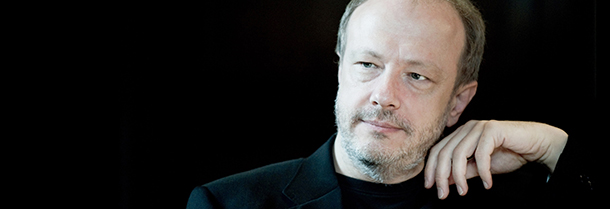Tag: Chan Centre for the Performing Arts
-

-

PROGRAM NOTES: YEVGENY SUDBIN
Domenico Scarlatti Sonata in B minor K 197 Sonata in G major K 455 “Probably one of the most outrageously individual compositional outputs of the Baroque era is to be found in the keyboard sonatas of Domenico Scarlatti,” writes Yevgeny Sudbin in the liner notes to his 2004 Scarlatti album. This may explain why Scarlatti’s…
-
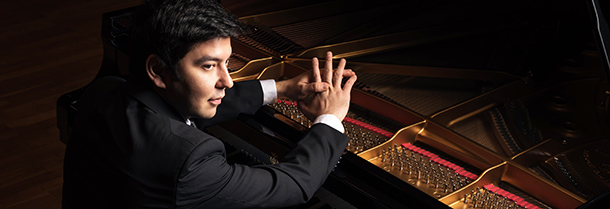
PROGRAM NOTES: BEHZOD ABDURAIMOV
Richard Wagner Isolde’s Liebestod arr. Franz Liszt The 19th century in Europe was an age in which psychological states went mainstream in the arts, becoming a particularly powerful stimulus for musical expression. A new genre, the nocturne, for example, captured that eerie feeling of being alone with one’s lyrical thoughts at a still point in…
-
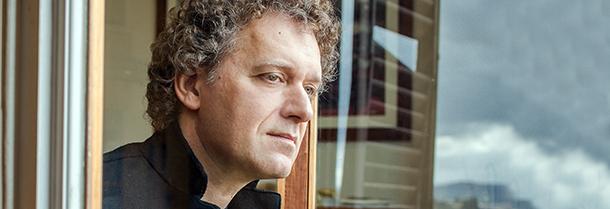
PROGRAM NOTES: ANDREA LUCCHESINI
Domenico Scarlatti Six Sonatas K 491 – K 454 – K 239 – K 466 – K 342 – K 146 The 550-odd sonatas of Domenico Scarlatti are perhaps the most successful works to migrate from the harpsichord to the modern grand piano. Their transparent texture of simple two- and three-part keyboard writing has one foot in the imitative counterpoint of…
-
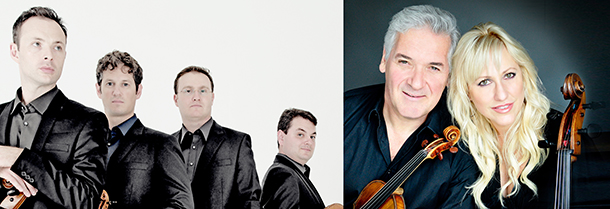
PROGRAM NOTES: JERUSALEM QUARTET WITH PINCHAS ZUKERMAN & AMANDA FORSYTH
Richard Strauss String Sextet from Capriccio Capriccio (1942), Richard Strauss’ last stage work, is an opera about opera, constructed as a series of elegant salon conversations dealing with a question that has bedevilled opera lovers for centuries: which is more important, the words or the music? The year is 1775 and the setting is the…
-
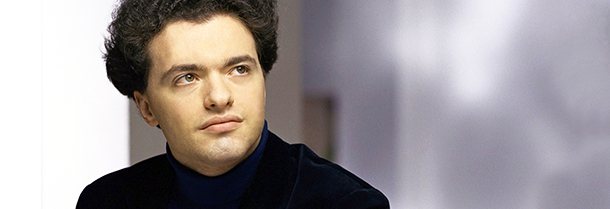
PROGRAM NOTES: EVGENY KISSIN
Frédéric Chopin and Robert Schumann “…calling it a sonata is a caprice if not a jest for Chopin seems to have taken four of his most unruly children and put them together possibly thinking to smuggle them, as a sonata, into company where them might not be considered individually presentable.” That’s the perceptive way Robert…
-

PROGRAM NOTES: GEORGE LI
Franz Joseph Haydn Sonata in B minor Hob. XVI:32 It is not often that you catch the congenial, ever-chipper Haydn writing in a minor key. But minor keys were all the rage in the 1770s, the age of Sturm und Drang (storm and stress), an age when composers such as C. P. E. Bach sought to…




